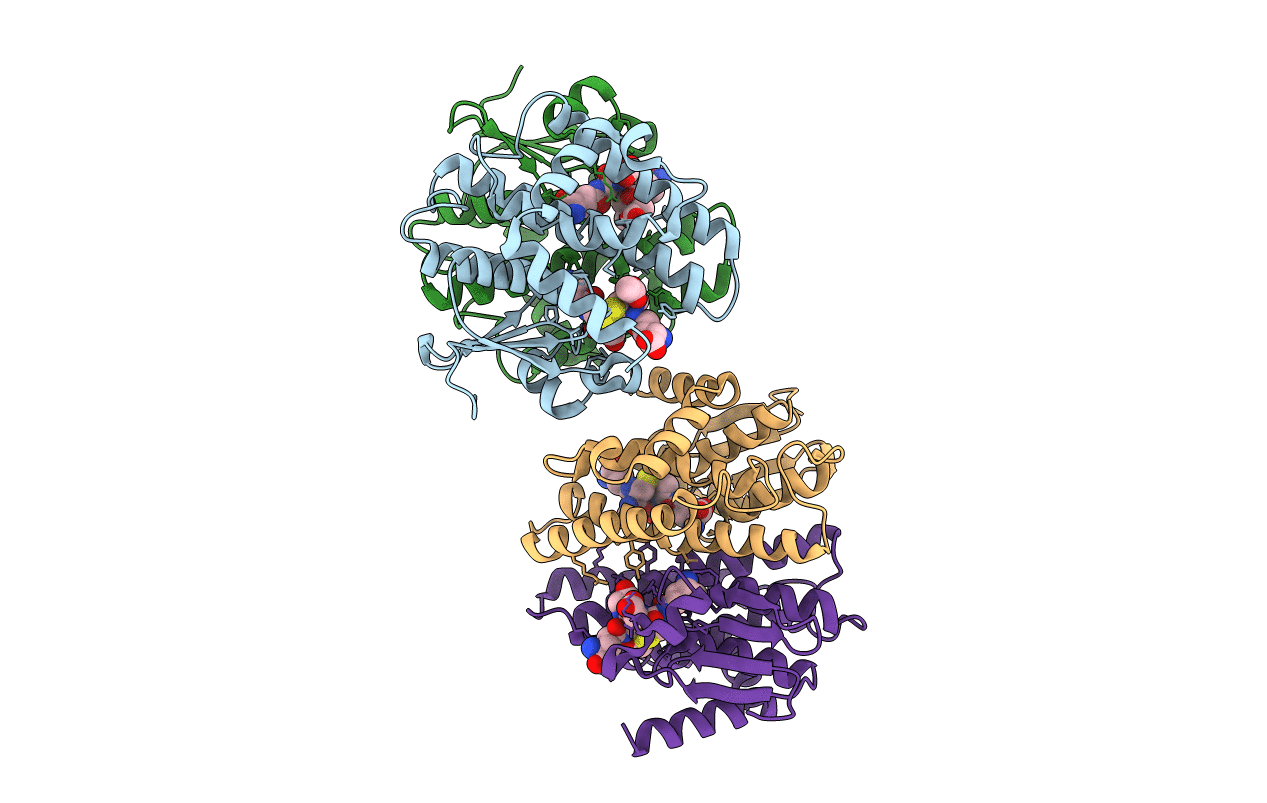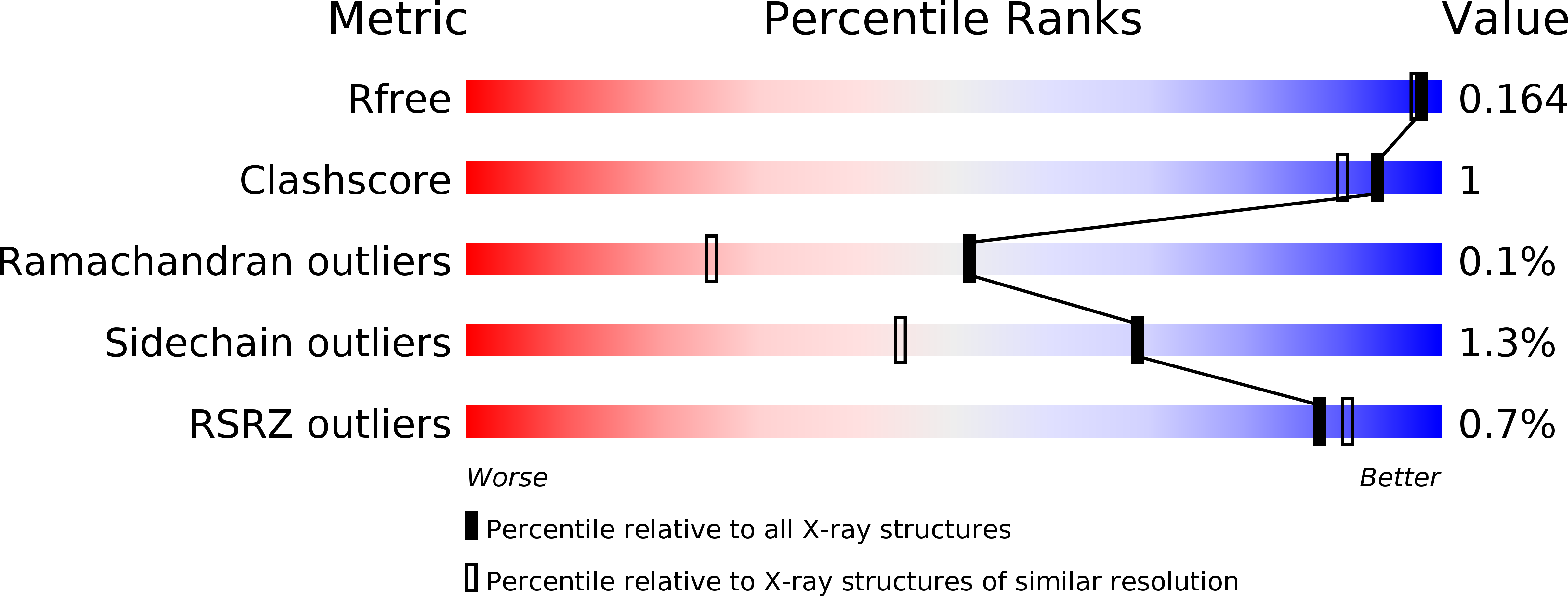
Deposition Date
2015-04-14
Release Date
2015-09-30
Last Version Date
2024-01-10
Entry Detail
PDB ID:
4ZBA
Keywords:
Title:
Crystal structure of the glutathione transferase URE2P8 from Phanerochaete chrysosporium with oxidized glutathione.
Biological Source:
Source Organism:
Phanerochaete chrysosporium (Taxon ID: 5306)
Host Organism:
Method Details:
Experimental Method:
Resolution:
1.50 Å
R-Value Free:
0.16
R-Value Work:
0.14
R-Value Observed:
0.15
Space Group:
P 21 21 21


